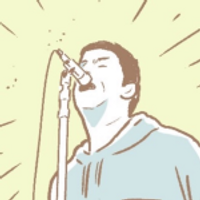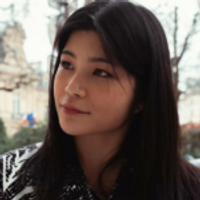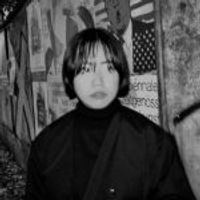-
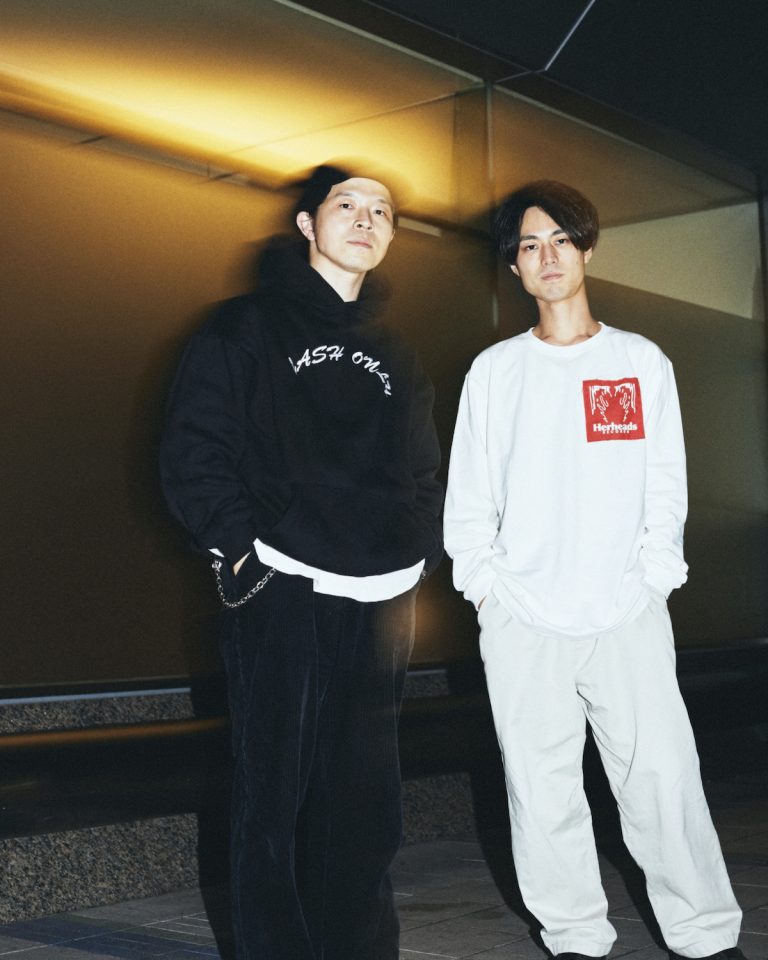
A Conversation Between Nobuki Akiyama (DYGL) and Artist Yosuke Tsuchida—Part 2: Music Culture and Japanese Society
We present a conversation between Nobuki Akiyama from DYGL and artist Yosuke Tsuchida. In the second half of the conversation, they talk about the songs in Thirst and how they want to change society through music. -
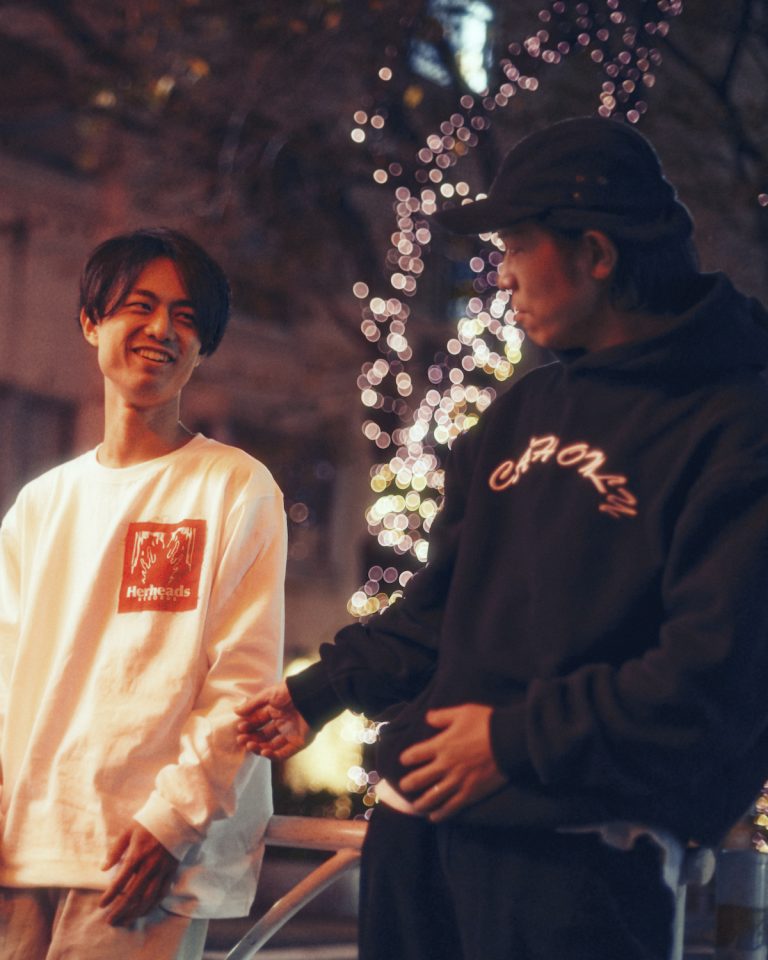
A Conversation Between Nobuki Akiyama (DYGL) and Artist Yosuke Tsuchida—Part 1: Making Music Organically and Sounding the Best
We present a conversation between Nobuki Akiyama from DYGL and artist Yosuke Tsuchida. In the first half of the conversation, the two talk about how they met and their changes in the lead-up to Thirst, DYGL’s new album. -
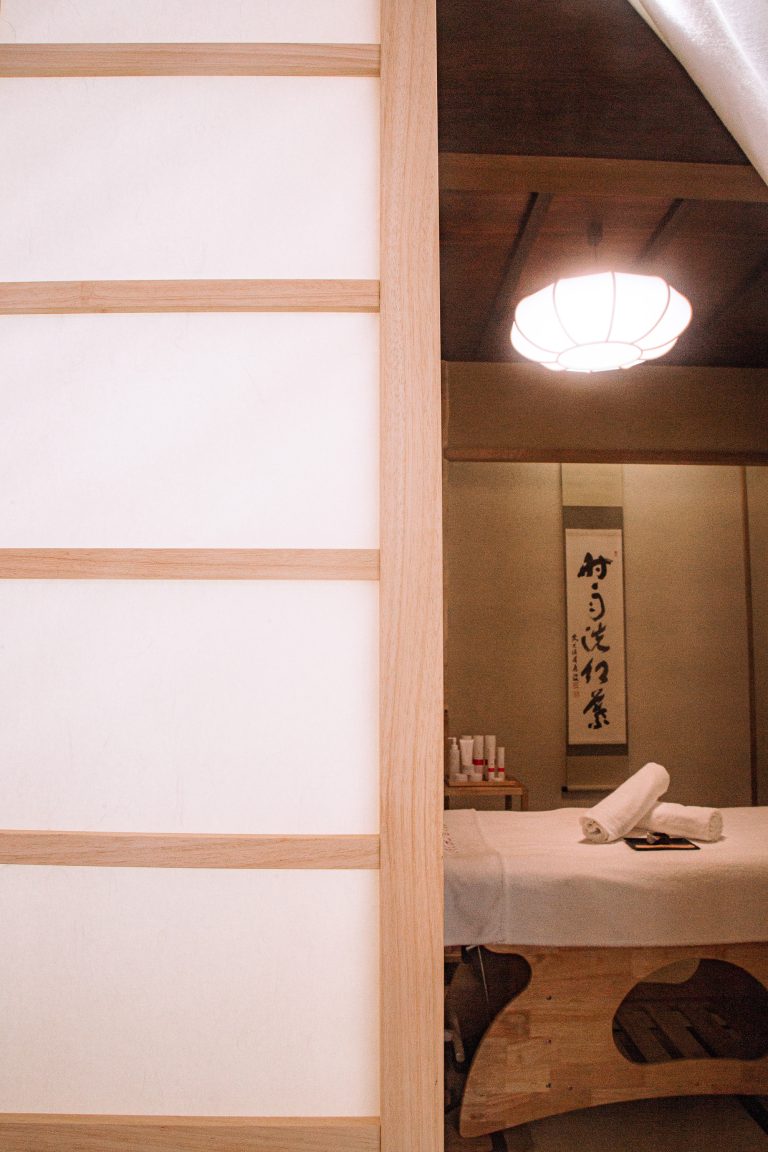
J-Beauty report from Europe Vol. 7: Through warew, an investor shares Japanese philosophy with the world through J-Beauty
This series introduces J-Beauty brands in Europe from the perspective of Keiko Suyama, whose company Dessigne consults in the entry of Japanese beauty brands to the European market. For the sixth installment of this series, we feature REY TOKYO, helmed by Rey Nakajima. In this seventh issue, we feature warew from Japan. -
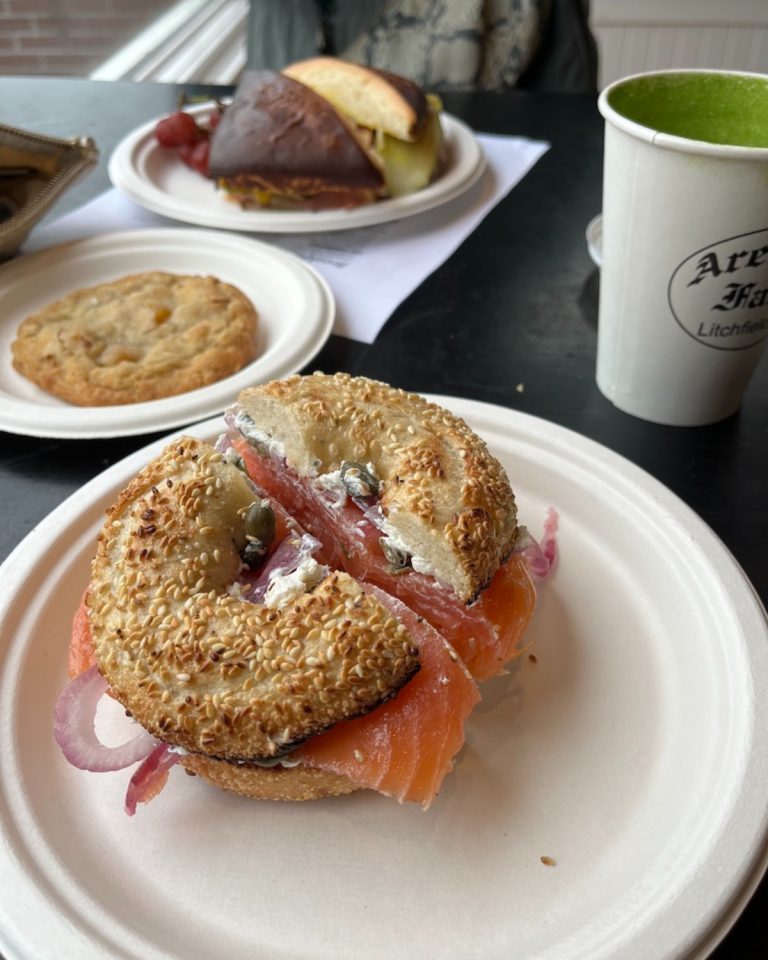
Little Treats are Essential: Kiki Kudo’s Steady Life Vol. 3
This is the third installment of Kiki Kudo’s “dual life” in New York City and Connecticut during the pandemic. -

Portland-based Vegan Japanese Restaurant Obon Shokudo is All About Feeling Good
Obon Shokudo is about bringing comfort to the mind and bodies of the customers. Posing questions about what we take for granted about food, the owners are changing the way we think of and enjoy food. -
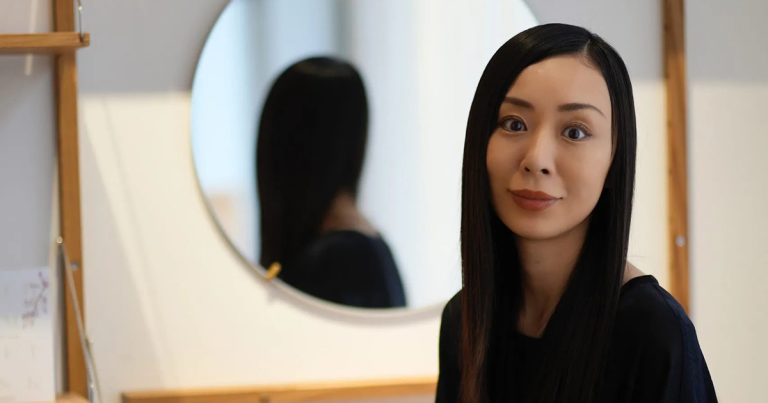
Biën;— a New Place to Experience J-Beauty in Paris, and a New Challenge for Keiko Suyama, the leading voice of J-Beauty in Europe.
Led by Keiko Suyama, who supervises the TOKION column J-Beauty Report from Europe, and fashion designer Sadaharu Hoshino, a new place to experience the beauty of Japan has opened in Paris. -
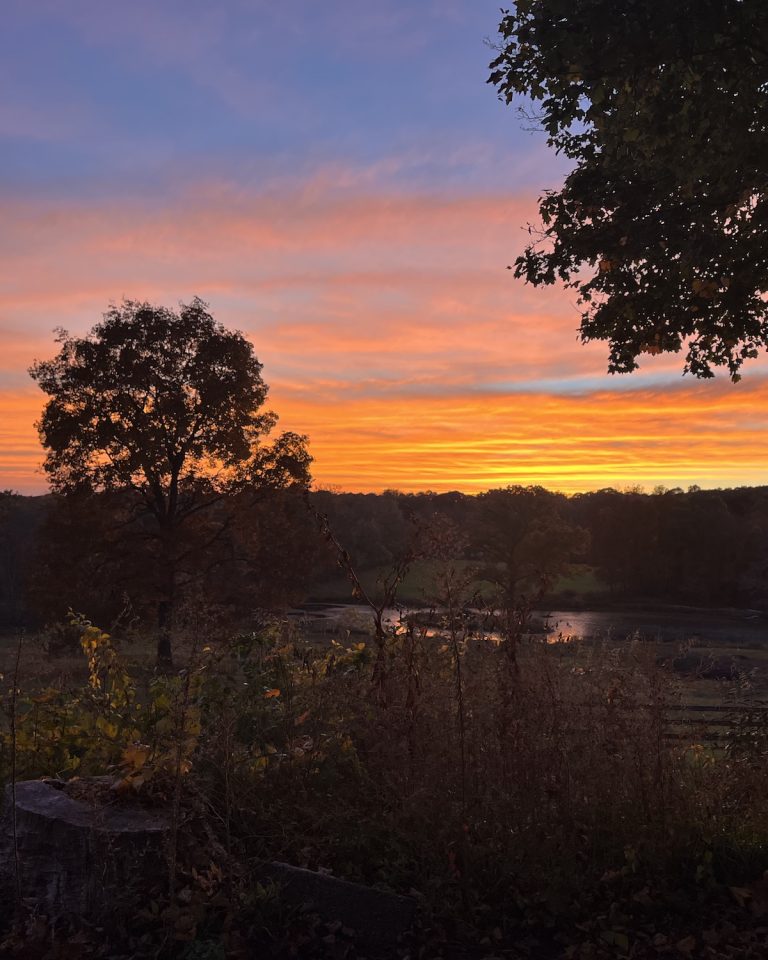
Just Gazing at the Sunset: Kiki Kudo’s Steady Life Vol. 2
This is the second installment of Kiki Kudo’s “dual life” in New York City and Connecticut during the pandemic. -

The Magic of Portland’s Jorinji Miso: Bringing Happiness and Health Through Miso
Jorinji Miso values cooperation over competition. The way they live and cherish bonds with others is reflected in the way they make miso, combining traditional Japanese methods with innovation and diversity. -
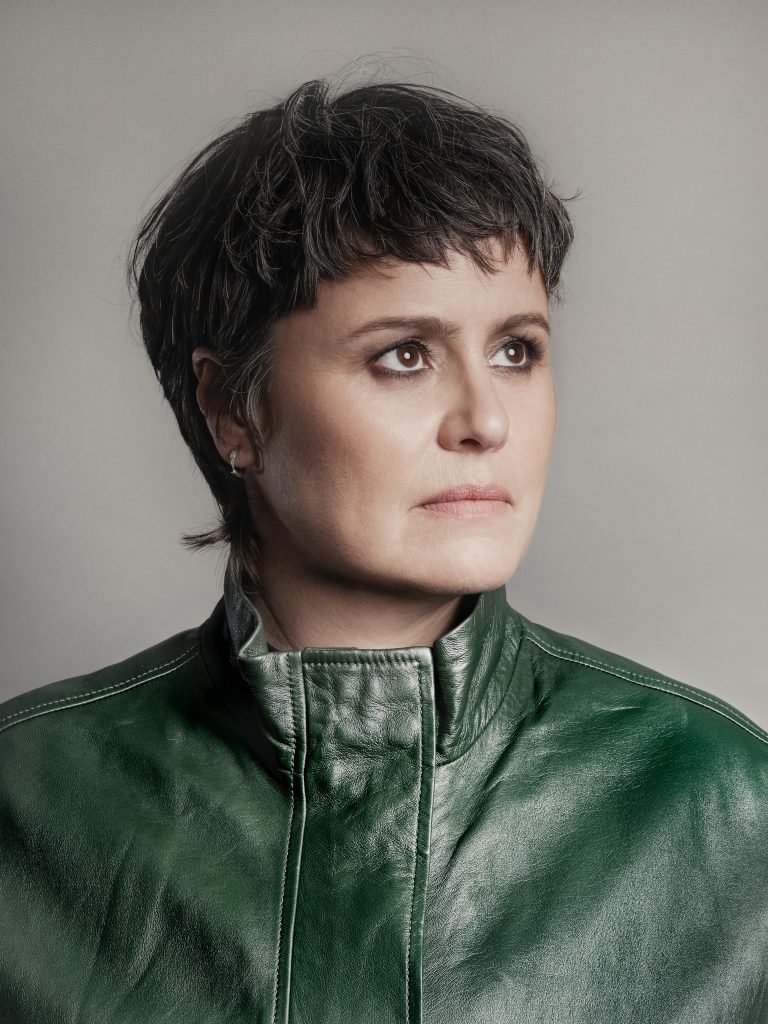
An Interview with DJ Steffi: On her newest album dedicated to her late mother, her unique philosophy, and her own travel brochure
An interview with DJ Steffi, who was a resident of Panorama Bar in Berlin and is now based in Portugal, where she runs a label and travels the world. -
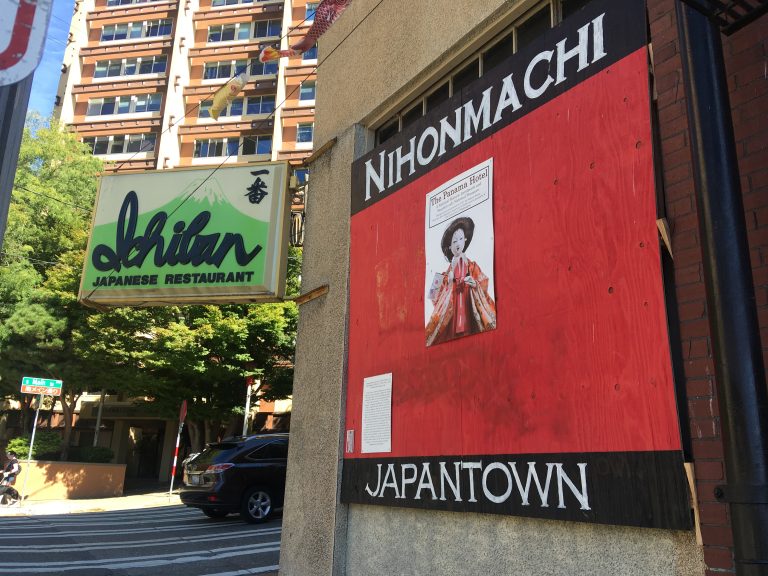
Showcasing Japanese Craftsmanship: “KOBO at Higo” Carries on the Legacy of Japantown, Once the Largest in North America
Through interviews with people of Japanese heritage working in the creative industries, this series explores the state of contemporary Japan as well as its past.

